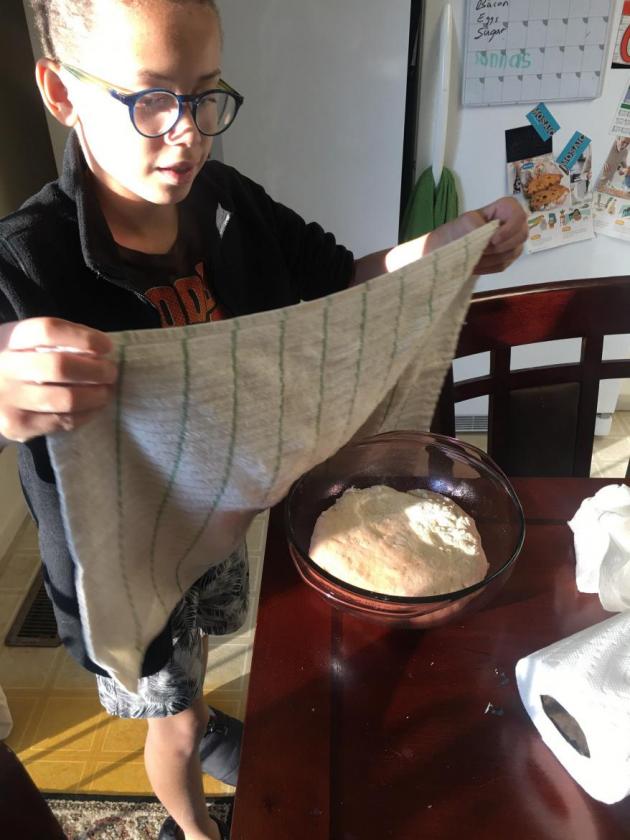The Day of the Dead is celebrated each year as part of the Spanish language curriculum. While the theme is death, the point of the celebration is to demonstrate love and respect for deceased family members.
Day of the Dead festivities unfold over two days in an explosion of color and life-affirming joy. While the theme is death, the point of the celebration is to demonstrate love and respect for deceased family members.
While the Day of the Dead, known as Dia De Los Muertos, has been traditionally celebrated for generations upon generations, it was officially recognized by the United Nations Educational, Scientific and Cultural Organization in 2008. The organization, UNESCO, added the holiday to the Intangible Cultural Heritage of Humanity list protecting the celebration as a cultural heritage. Today, Mexicans from all religious and ethnic backgrounds celebrate Día de los Muertos, but at its core, the holiday is a reaffirmation of indigenous life.
At Waldorf School of Baltimore we acknowledge this tradition in Spanish class and students learn about this celebration and its origins. This year, due to the pandemic, we did not create a community altar, but instead made individual altars at home. Students also sang traditional songs and learned about calaveras (skulls) and barriletes o papalotes (a Guatemalan tradition with kites). Many students also used their math and science skills to bake pan de muerto, a traditional sweet bread.
Want to make pan de muerto at home? Here's a recipe Senora Pasion shared with families:
https://www.pizcadesabor.com/pan-de-muerto-paso-a-paso/
See how some of our students and families celebrated over the weekend:



Want to learn more? Here are some websites recommended by Senora Pasion to give you a deeper look into Day of the Dead:
https://www.pbs.org/education/blog/beyond-sugar-skulls-the-history-and-culture-of-dia-de-los-muertos

